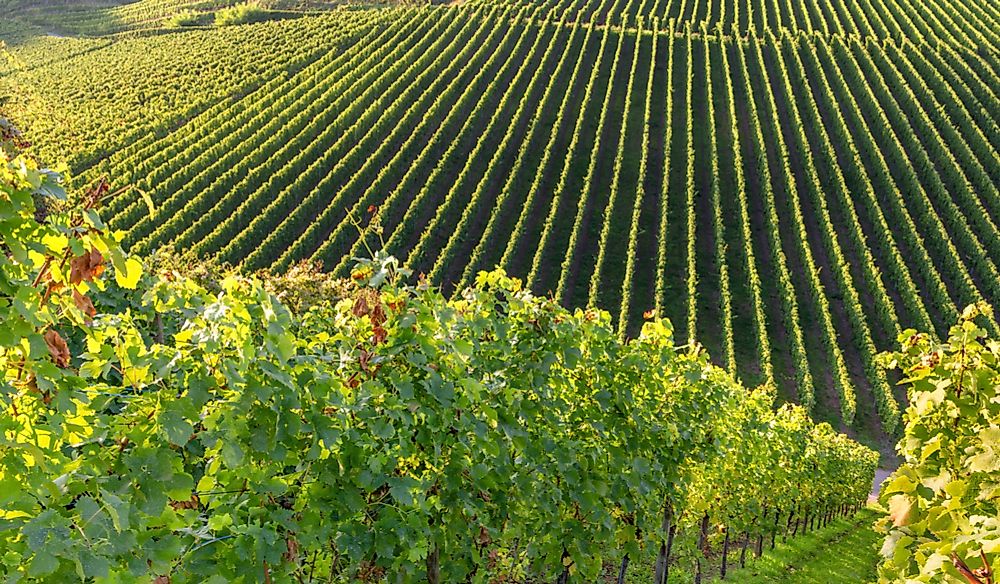What Are The Major Natural Resources Of Luxembourg?

Luxembourg is a small landlocked country in Western Europe. Officially named the Grand Duchy of Luxembourg, the country has an area of 2,586.4 sq km and an estimated population of 602,005. Although small and lacking direct access to open bodies of water, the country is endowed with the various natural resources. Some of Luxembourg's major natural resources minerals, scenic landscape, and arable land.
Luxembourg's Natural Resources
Minerals
Iron ore has been mined in Luxembourg for centuries, long it became an independent state. However, large scale industrial mining of the metal in Luxembourg began during the Industrial Revolution, and by the early 1840s, the country was exporting over 7,000 tons of iron ore. At that time, the metal was refined using rudimentary processes, which included passing the ore through wood-powered blast furnaces. Luxembourg’s abundance of iron ore makes it one of the major producers of steel in Europe. Its steel industry grew in the early 20th century, producing an estimated 2.9 million tons in 1929, and by 1974, annual steel production had reached over 6.4 million tons. Today, the country is home to some of the largest steel companies in the world, such as ArcelorMittal.
Beautiful Scenery
While many of Luxembourg's most popular tourist attractions include historic structures, such as forts and palaces, the country also features lovely natural scenery, which draws thousands of visitors each year. The country’s Ardennes and Mullerthal regions are an excellent examples, which offer some scenic locations, towering mountains, and cliffs.
Arable Land
While Luxembourg is known for a wide variety of agricultural products, it is best known for its grapes and wine. Viticulture is practiced in Luxembourg on a large scale that involves hundreds of hectares. Arable land located along the Moselle River, in the country’s southeastern region, has ideal soils for grape farming. The country produces several varieties of grapes, the most popular of which is Muller-Thurgau. Planted in an area covering over 377 hectares, the grape variety accounts for 29% of Luxembourg’s vineyards. The Auxerrois blanc variety is also popular among Luxembourg’s grape farmers, and is cultivated on an area measuring over 184 hectares. Other popular grape varieties include elbling, pinot gris, pinot blanc, riesling, and pinot noir, which are farmed on a combined area of approximately 700 hectares. The European Union (EU) is the primary export market for Luxembourg’s agricultural commodities, particularly Belgium, France, and Germany.
Economy of Luxembourg
Luxembourg has a highly developed economy which relies heavily on industrial, steel and banking sectors, and by 2007 the country had the second highest gross domestic product (GDP) per capita in the world, after Qatar. In 2017, Luxembourg's economy grew by 4.6% and had an inflation rate of 1.0%. The country had a GDP of $60.54 billion in 2013, and 80% of this total came from the service industry, which includes its financial sector, while agriculture accounted for only 0.3%.











